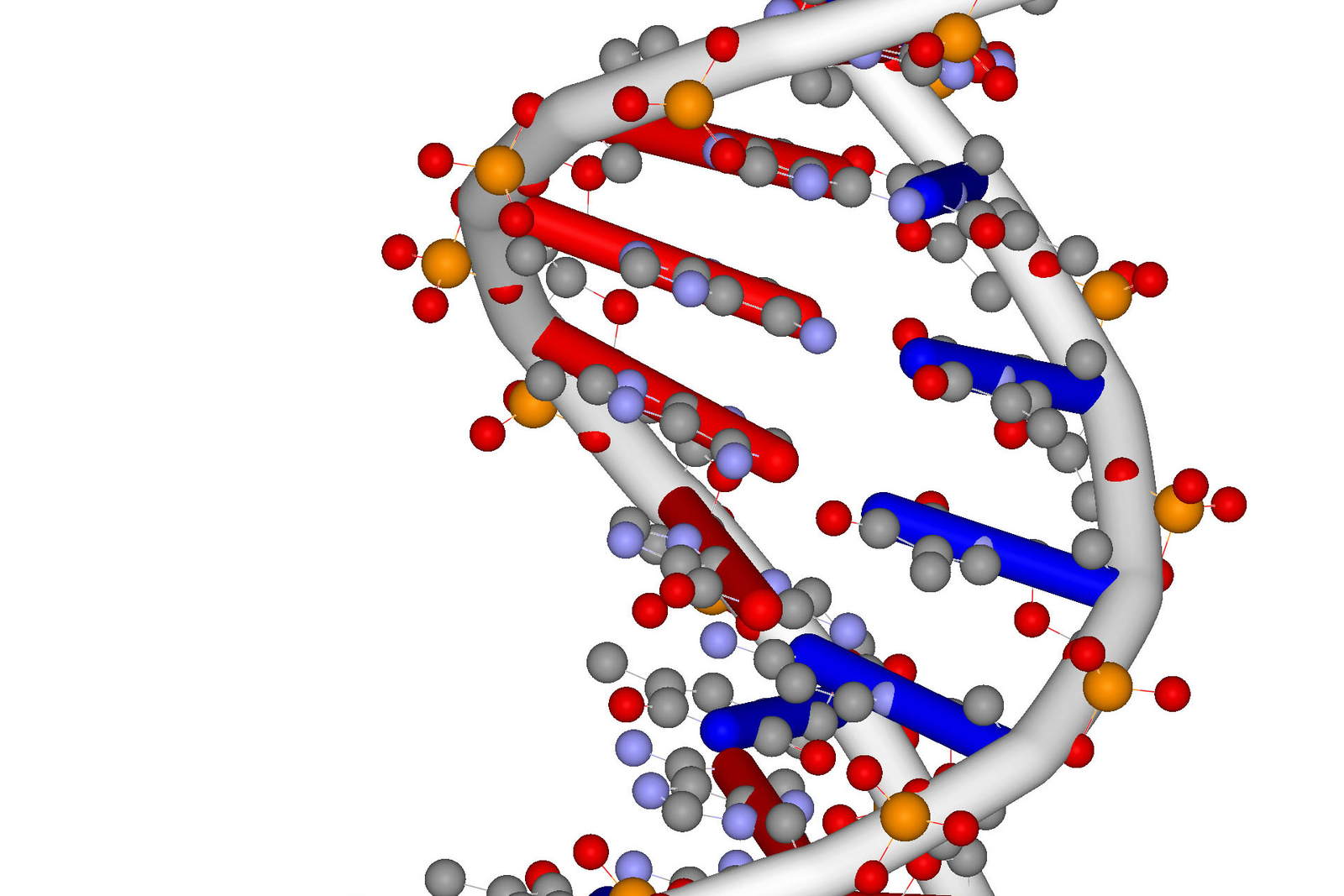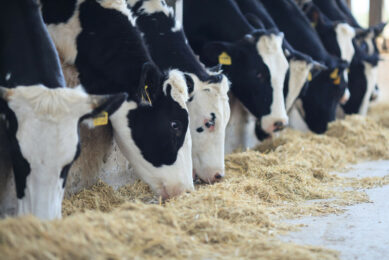‘Omics’ to bring next level gut health innovations

Several narrow, advanced fields of study that examine the cellular metabolism of living organisms are setting the foundations for genuine innovation relating to gut health and performance in animal production in the years ahead.
This statement is endorsed by experts Prof De Cesare, Prof Niewold and Mr Waxenecker, who will share their knowledge on this topic at the expert gut health and performance session of the 2016 World Nutrition Forum in Vancouver, Canada on 12-15 October.
Breakthroughs in the understanding of gut health and performance may help define future nutrition strategies and the substitution of antibiotic growth promoters (AGPs).
Also interesting:
Phytogenics support good gut performance in broilers
Gaining ground
“Areas of study including genomics, transcriptomics, proteomics and metabolomics, colloquially referred to as the ‘-Omics’ fields, are gaining importance in livestock sciences, particularly because they are applicable to both the gut microbiome and the host tissue,” according to Franz Waxenecker, development director at Biomin.
Genomics through whole genome sequencing provides a huge amount of data on specific genetic traits (DNA sequences) of an individual, while transcriptomics allows the quantification of the mRNA after transcription and its potential translation in the ribosomes. Proteomics and metabolomics go one step further, measuring the translated proteins or metabolites.
Read the latest expert blogs
from Christina Schwab from Biomin
New insights
“Shotgun metagenomic sequencing allows us to investigate whole populations of microorganisms in their natural habitats and in the context of their interrelationships with the host,” stated Prof Alessandra De Cesare of the University of Bologna. “This opens the door to new strategies to fight diseases and improve animal health, such as fit-for-purpose nutrition strategies,” she observed.
Alternatives to AGPs
“Using ‘-Omics’ techniques and simple non-invasive biomarkers in vivo, we now know that growth and health in production animals is reciprocal to intestinal inflammation,” explained Prof Theo Niewold of KU Leuven, adding that “this makes it relatively easy to successfully select effective alternatives to AGPs.” While producers in the European Union and elsewhere ceased AGP use years ago, in many countries producers still face the transition to antibiotic-free production.
Over 30 countries have already banned the use of antibiotic growth promoters, mainly due to concerns about human health and the emergence of bacteria resistant to multiple types of antibiotics. Many places where their use is not banned have seen a surge in demand for antibiotic-free products. Worldwide, use of novel growth promoters in livestock production is expected to more than double between 2010 and 2030, according to Biomin.











